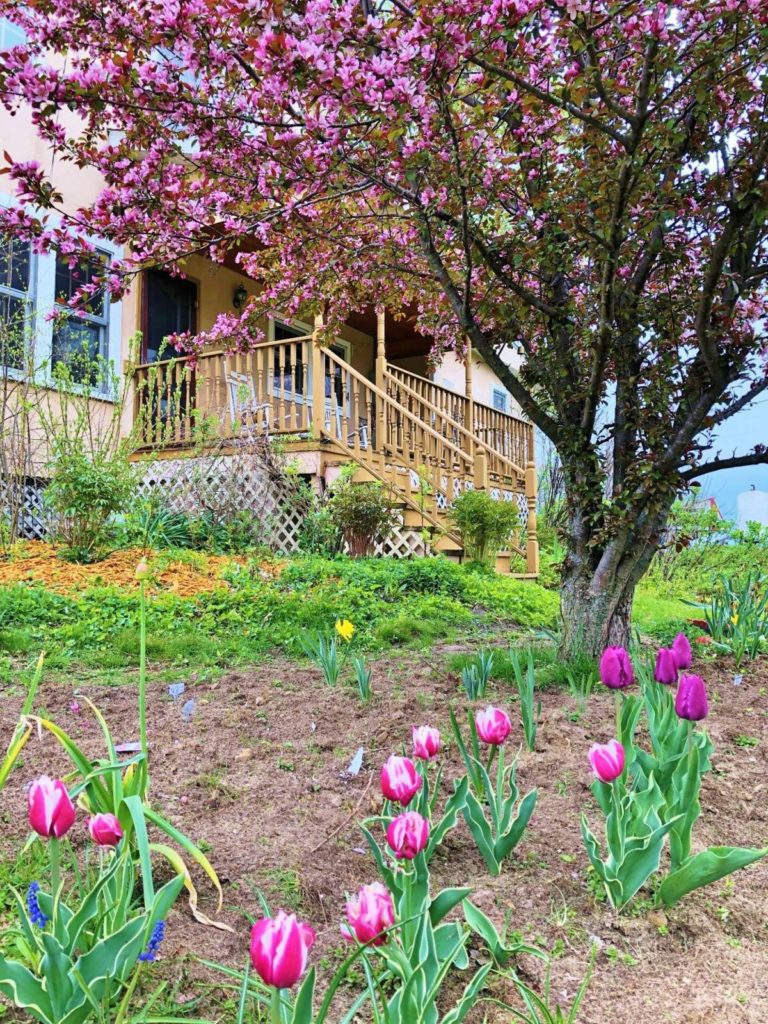Back Home by Chris Hardie
» Download this column as a Word document
» Download photos that accompany this story
» More columns by Chris Hardie
» Chris Hardie’s headshot
I have been and done many things in my life – some with great success and some with failure. But I recently added another title to the long list that includes line cook, salesman, reporter, editor, publisher, lay preacher, economic developer, farmer and vinologist. I’ve added phenologist.
Most farmers are practicing phenologists. We often hear old-time sayings that reflect that.
- Plant potatoes on Good Friday.
- When lilac blooms, plant beans, cukes and squash
- Plant corn when oak leaves are the size of a squirrel’s ear.

Those old sayings are connected to phenology, which is the study of the timing of biological events in plants and animals in relation to changes in season and climate. In plants, it’s things like leafing and flowering. With animals, it’s events like hibernation or migration.
Phenology comes from the Greek words phaino — to show or appear — and logos — to study. It’s the science of appearance — and each spring biological events abound.
- Hummingbirds and swallows return from their annual migration.
- Turkeys begin their mating season.
- Spring peepers awake from their winter sleep.
- Fawns are born.
- Perennial flowers emerge from the warming earth.
- Trees leaf out and some flower.
- Woodchucks wreak havoc in the garden.
- The lawnmower breaks down.
Technically the lawnmower repair is not a phenological event but it seems like it happens every spring. It’s usually about the time the grass needs to be mowed every other day.
I don’t keep a phenology calendar. But based on memory and observances, I’d say this spring is about a week to 10 days later than average.
The cool spring certainly has impacted crops. The spring planting is much later and the hay fields are nowhere near first-cutting — which sometimes happens the week of Memorial Day.
We’ve finally been harvesting rhubarb and asparagus from the garden, but I haven’t had a chance to search for morel mushrooms. The lilacs are finally flowering.
Our apple trees are in full bloom; we’re hoping to avoid a late-season frost. Apple trees need a certain amount of chilling hours during the winter, followed by growing-degree hours, in order to break dormancy and bloom.
I’d say the apple trees should be plenty chilled after the winter we had. The growing-degree days were more of a challenge, hence the later blooms this spring.
Another phenological event occurred on the farm recently; we had our sheep sheared. Normally we’d like to do it earlier in the spring before lambing, but it was way too cold this year. Shearing wet wool doesn’t work very well, so we locked the flock into the barn to keep them dry.
I lured the flock into the barn with a bit of grain — and of course, the goats and donkeys came too. The sheep were sheared, vaccinated and wormed. Overseeing the entire procedure from the other side of the barn was our Scottish Highland calf Squall, along with the goats who kept trying to be in the way. They were not sheared but did receive their dose of the needle and the drench.
Now we have a pile of fleece that hopefully will find a home with someone who wants to work with it. We don’t bother trying to sell the wool through a national cooperative anymore since we received our last royalty check two years ago for $0.00.
Oldtimers would say it has the value of a speck of dirt on a gnat’s posterior, but for better or worsted, I hate to be fleeced of my fleece.
And just how big is a squirrel’s ear anyway?
Chris Hardie spent more than 30 years as a reporter, editor



